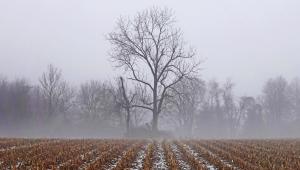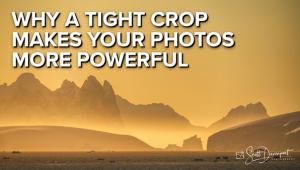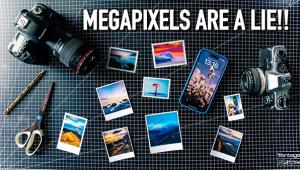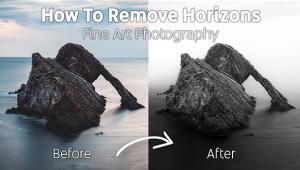Practical Accessories For The Field Photographer; A Pro’s Recommended List Of Gear For The Road Page 2
Mini Meter
I don't know about you, but when I see an all-white bird or a brightly
lit snow scene my mind goes into mental gyrations about compensations and whether
I should open up one, two, or even more f/stops to get the exposure right. To
make quick incident readings I carry a tiny Gossen Digiflash meter. This is
one incredible little unit. It measures about 2x2", has the depth of about
a finger, and weighs practically nothing, complete with a tiny CR 2032 battery.
Install the battery and it self starts. Dial in your ISO, press the function
button, transfer the EV value to the upper scale and bingo, you're in
business. It will also measure reflected light, flash measurement, has a function
timer (for long exposures), a watch and alarm, and will give you the temperature
in both English and metric readings.
|
|
|
My Filter Kit
The first filter you'll see in my camera bag is the 81A. I find it most
useful on overcast days and with subjects in the shade. I often use it with
high-saturation films like Fujifilm's Velvia. It gives a very pleasing
effect on hot, hazy, summer afternoons. This filter (Nikon calls their equivalent
the A2) warms up a photo, taking out the coolness or blue tint, making it more
pleasing to the eye.
No one should venture forth without a polarizer. However, too much of a good
thing will make the sky unnatural and often turns it almost black with some
modern emulsions. Remember, keep the sun at a right angle to your subject and
pay attention to reflections. Like me, I'll bet you'll marvel at
the effects you see in your viewfinder and digital monitor.
|
|
|
Graduated filters are impressive in the way they tone down the sky to balance
the light that may be too great to record within your film or digital sensor's
dynamic range. They are available in both circular and "sheet" filters
that fit handily into the Cokin "P"-size filter rings and come in
either hard or soft steps and various diameters to fit any lens. One other thing:
don't be strapped to the thought of only using it to hold back the sky.
Out West and at higher altitudes I often use it to hold back the lower part
of the photo, when the ground can be brighter than the sky.
New innovations always pop up. For example, Singh-Ray's new Vari-ND filter
is a new filter that rotates much like a polarizer and delivers a contrast control
equivalent of up to 10 stops. Now you can take slower exposures in bright light,
position your strobes closer with smaller subjects, and even add thrilling visual
effects such as flying birds, traffic patterns, or wind-blown flowers. You may
even want to try their highly acclaimed "Gold-N-Blue" polarizer
for a very different mood, especially on water.
|
|
|
Finally, for digital users, infrared is closer than you think. Flip the color
selector to black and white, add Cokin's new 89B (their product #P007)
to your filter pack and shoot away. You will have to focus your camera manually,
as the filter is too dense for the autofocus to work, use a tripod, and for
the best effects shoot on sunny days and bracket, bracket, bracket. Note that
not every digital camera will deliver the desired effect. To check if yours
will, just aim a TV remote at the camera with the filter attached, and if you
see the beam, you're in.
One other hint when using filters: Do invest in some step-up and step-down rings
so one expensive filter can serve on many of your lenses.
|
|
|
Pack It All In
I wish I had a dollar for all of the cases, packs, and backpacks I've
had, traded, and sold, but for the moment I've settled in on the Lowepro
Mini Trekker. This pack allows me to move about freely yet contains my camera
body with an 80-200mm or 80-400mm VR lens, four or five additional lenses, some
filters, lens shades, film or CompactFlash cards. Those who may want a slightly
deeper case could opt for the Nature Trekker, which is handy for larger lenses
that also have a special lens base attached.
Regardless of what you pack into your case, be prepared! The next trip of the
shutter might be the best picture you've ever taken.
Stan Trzoniec is a widely published author on the outdoors, photography, railroads,
and travel. His new photography book, "Images of the Present," is
due out this fall. He can be reached via e-mail at: fotoclass@aol.com.
- Log in or register to post comments





















































